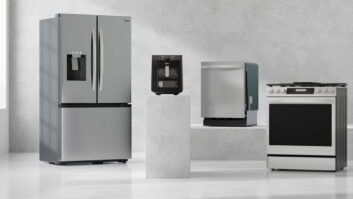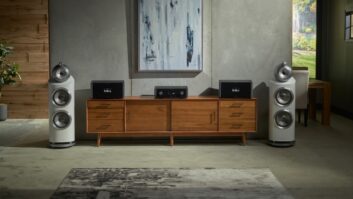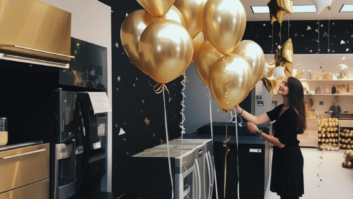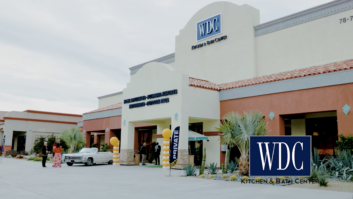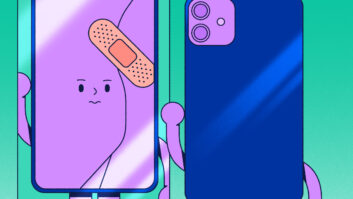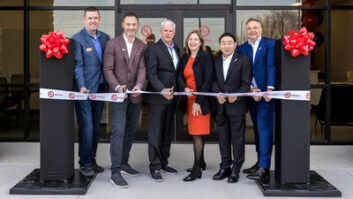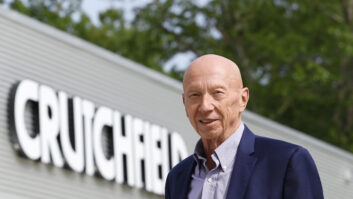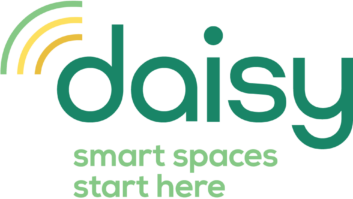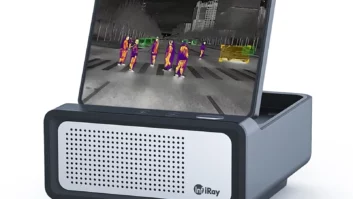I received a call from a telecommunications consulting company that wanted to know what I thought about the market potential for what they called remote-activation conditional access technology (I will call it RACAT for short).
They were not very familiar with the CE market and were surprised to learn that RACAT was not already a big deal. Their primary question for me was: How soon before it will be?
We sometimes try to sell technology “answers” to questions most consumers aren’t asking, at least not in mass-market numbers, which may or may not prove to be the case with RACAT. Examples include vinyl LP-to-CD converter equipment, home media servers and GPS navigation. What causes us to do that depends on who “we” are, and that varies considerably.
In the case of GPS, it was initially large, usually Japanese, electronics companies that had enjoyed considerable success with GPS products in Japan. They reasoned not unreasonably that if it sold well in Japan so too would it in the United States.
They were disappointed. While in the United States most all think GPS is cool, most also believe that 95 percent of the time they know how to get where they’re going. The Japanese think it is cool as well, but they truly need the technology given the confusing nature of Japanese streets and addresses.
LP-CD converters? I can see a group of engineers, which likely includes one or more with a large collection of old LPs, seeing huge market potential for an analog-to-digital LP/CD converter device. I think I might have too had I been in that meeting. After all, I have a gazillion LPs from my misspent youth just gathering dust. In fact, I once almost bought a converter but fortunately had the presence of mind to first look at my record collection, discovering in the process that I probably didn’t need to digitize Neil Sedaka’s “Greatest Hits” or The Seeds’ “Web of Sound.” They are old for a reason, so no converter for me or apparently millions like me.
Media servers, most of which come from companies with computers somewhere in their corporate DNA, are another matter. Anyone with pictures or music on an upstairs PC should theoretically want to be able to view or hear that media on their downstairs A/V system. Products that do that have been out for a number of years now, but not many are bought in relation to the numbers that could be, given the installed base of PCs with pictures and music. So what then?
Installed and handheld GPS is beginning to catch on, but more often based on capabilities not initially discussed, such as real-time traffic, points of interest, and/or being able to access movie start times or gas price data. Media servers still struggle, but mostly because few know they exist and, to a lesser extent, because those that do rightfully fear they won’t be able to make them work. And as for analog/digital converters, well, as I said, I guess I really don’t need to hear Sky Saxon digitally sing “Pushin’ Too Hard” as much as I used to.
The trick is to tell the consumer what the technology will do rather than what it is, and few do that better than Internet retailer As Seen on TV (www.asseenontv.com). Also good is the ubiquitous Billy Mays who hawks all that household cleaner stuff we see on very late night (early morning) TV. He not only makes me want the product but the badass stains to challenge it as well. Now that’s selling! Not a word about ingredients; just visual “get-the-wine-stain-out-of-your-carpet-right-now” proof that you just gotta have what he’s selling.
Try this. The next time you’re thinking about how to pitch to a consumer, start with the words “Watch this.” If you can translate technology into visual benefit by actually showing what a product can do rather than describing what it is, you’re halfway there.




